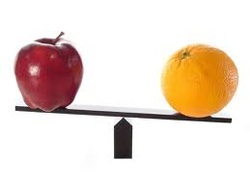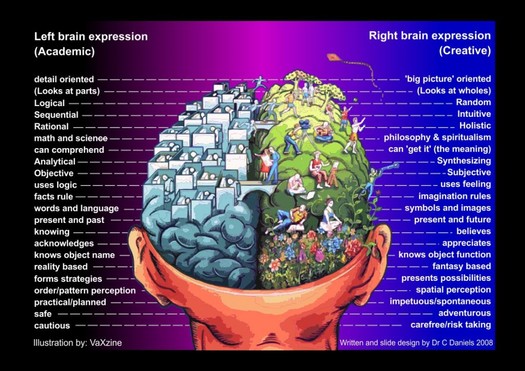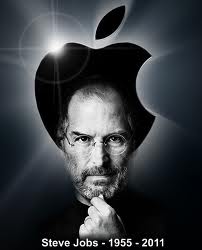
It is so fascinating that one man could have made such an enormous impact on three major industries: (1) Personal Computing began with the Apple II computer, (2) Legal Digital Recordings were brought to dominance with the iPod and iTunes, (3) and mobile phones were risen to a new level that we will never return to with the iPhone.
So how did one man make such an enormous impact on these three major industries and changed our lives forever by knowing what we wanted before we wanted it? Clearly, a uniquely creative vision made this possible. But how did he develop this ability to create so brilliantly?
The simplest answer is that Steve Jobs knew how to bring together Art and Science. He knew how these seemingly different subject matters, like apples and oranges, could be used in harmony to create something great.
There are some people in this world who are experts in Science, and there are others that are experts in the Arts. Steve Jobs had an understanding of both which made him kind of a “renaissance man” like a Leonardo Da Vinci.
If the Arts signify human expression and creativity, and Science signifies the systematic knowledge of the physical world, then what do we call the coalescence of both?
Apple.
Steve Jobs was able to mesh technology and art through Apple Computers, iPods, and iPhones. Let's face it, these devices changed our world forever and made a contribution to society. There is a reason why the Apple Store is always the most crowded store in the mall. His unique combination of Art and Science has created an experience that Apple consumers cannot live without.
Developing The Left & Right Hemispheres

During my research, I discovered a few interesting things that I believe made an impact on the developing creative mind of Steve Jobs.
Jobs actually knew how to play the guitar. In fact, it's on record that during the early days of Apple, Jobs used to play Bob Dylan songs on his guitar. He used to do this during brainstorming sessions with Steve Wozniak, co-founder of Apple. It's on record that he used to sit in his backyard playing the guitar in sunny California, while he and Wozniak envisioned the future of Apple.
Jobs is also on record countless times talking about how Bob Dylan and The Beatles were not only his favorite musical artists, but they also influenced his creative and business philosophies. Jobs was not just a listener, and not just an amateur guitarist, he was a curious person who wanted to understand how "stuff" worked. With music, he dug deeper to understand how the creative chemistry among different musicians with different personalities functioned and coalesced in the creation of music.
The left hemisphere of the brain is used for logic, numbers, language, and analysis. The left hemisphere would have been of great use to Jobs for the Computer Science aspect of his intellect because numbers, logic, and analysis would all be essential tools for the internal design of his inventions.
Another interesting artistic influence on Jobs was when he took a Calligraphy class in college. Calligraphy is a visual art used to give form and artistic expression to the letters of the alphabet. Even though he dropped out of college, he still took classes that were of interest to him. He also studied Typography, which is the art of making language visible. It deals with fonts, size, the space between letters and groups of letters. This had a profound effect on Jobs because the Apple Computer was the first computer designed to have the most beautiful fonts, colors, and images. It still does today.
What can we learn from Steve Jobs?

I wanted to use Steve Jobs as an example that music and the arts can develop invaluable intellectual capabilities that go beyond just the arts themselves. Music and the arts should always be a part of an education for young people. Whether the study of music is in school or just as an out-of-school activity, it is all part of a well-rounded education. The next generation of innovators will need to be able to bridge the divide between art and science like Steve Jobs did, in order to advance technology further and to continue making it a human experience.
Steve Jobs is gone, but the Apple experience lives on. RIP
 RSS Feed
RSS Feed